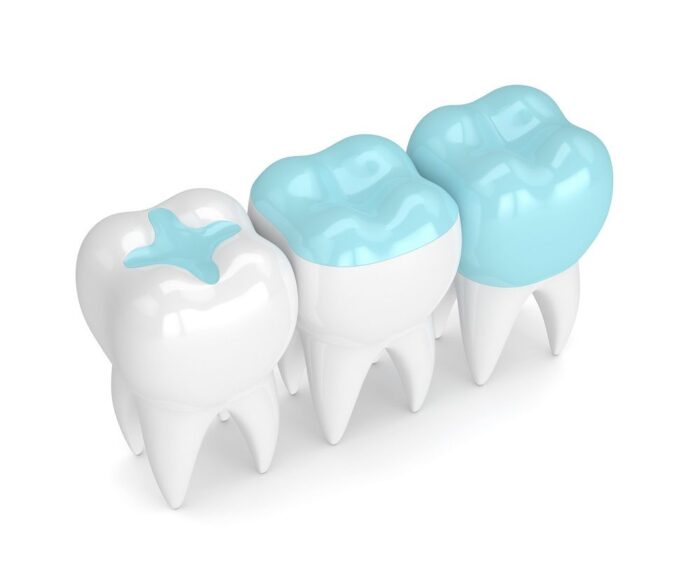Maintaining good oral health involves addressing dental issues as they arise. One common procedure you may encounter is getting a dental filling. Whether it’s to treat a cavity or repair a damaged tooth, dental fillings play a crucial role in preserving your smile.

Dental Cavities and Decay
Dental cavities, also known as caries or tooth decay, occur when bacteria in the mouth produce acids that erode the enamel. They create small holes or cavities in the teeth. If left untreated, cavities can progress deeper into the tooth, causing pain, infection, and even tooth loss. Dental fillings are used to restore the structure and function of a tooth affected by decay.
Types of Dental Fillings
There are several types of dental fillings available, each with its own unique properties and advantages:
Amalgam Fillings: Made from a combination of metals, including mercury, silver, tin, and copper, amalgam fillings are durable and cost-effective. However, their silver color makes them more noticeable in the mouth.
Composite Fillings: Composed of a tooth-colored resin material, composite fillings blend seamlessly with natural tooth enamel. So, they provide a more aesthetically pleasing option. They are also versatile and can be used for both front and back teeth.
Ceramic Fillings: Ceramic fillings, also known as porcelain fillings, are highly durable and resistant to staining. They closely mimic the appearance of natural teeth and are an excellent choice for front teeth or visible areas of the mouth.
Gold Fillings: Gold fillings are renowned for their longevity and strength. While they may be more expensive than other filling materials, they offer excellent durability and biocompatibility.
The Dental Filling Procedure
Before placing a filling, your dentist will thoroughly examine the affected tooth. This may include X-rays to assess the extent of the decay. Once your dentist identifies the decayed area, they will numb the tooth and surrounding area with local anesthesia to ensure a pain-free procedure.
Using a dental drill or laser, the dentist will remove the decayed portion of the tooth, leaving behind a clean cavity. They fill the cavity with the chosen filling material and shape it to restore the tooth’s natural look and function. For composite fillings, they will use a special curing light to harden the material quickly.
After placing the filling, the dentist will check the bite and make any necessary adjustments to ensure proper alignment and occlusion. Then, they will polish the tooth to smooth out any rough edges and enhance its appearance.
Aftercare Tips for Dental Fillings
Maintaining good oral hygiene is essential for the longevity of dental fillings. Brush your teeth twice a day with fluoride toothpaste, floss daily, and rinse with an antimicrobial mouthwash to reduce plaque buildup and prevent decay around the filling.
Regular dental check-ups are essential for monitoring the condition of your fillings and detecting any issues early on. Your dentist will examine the fillings during routine appointments and recommend any necessary repairs or replacements to ensure optimal oral health.
To prevent damage to dental fillings, avoid chewing on hard foods such as ice, nuts, or hard candies. These can cause the filling to crack or dislodge, requiring additional dental treatment.
